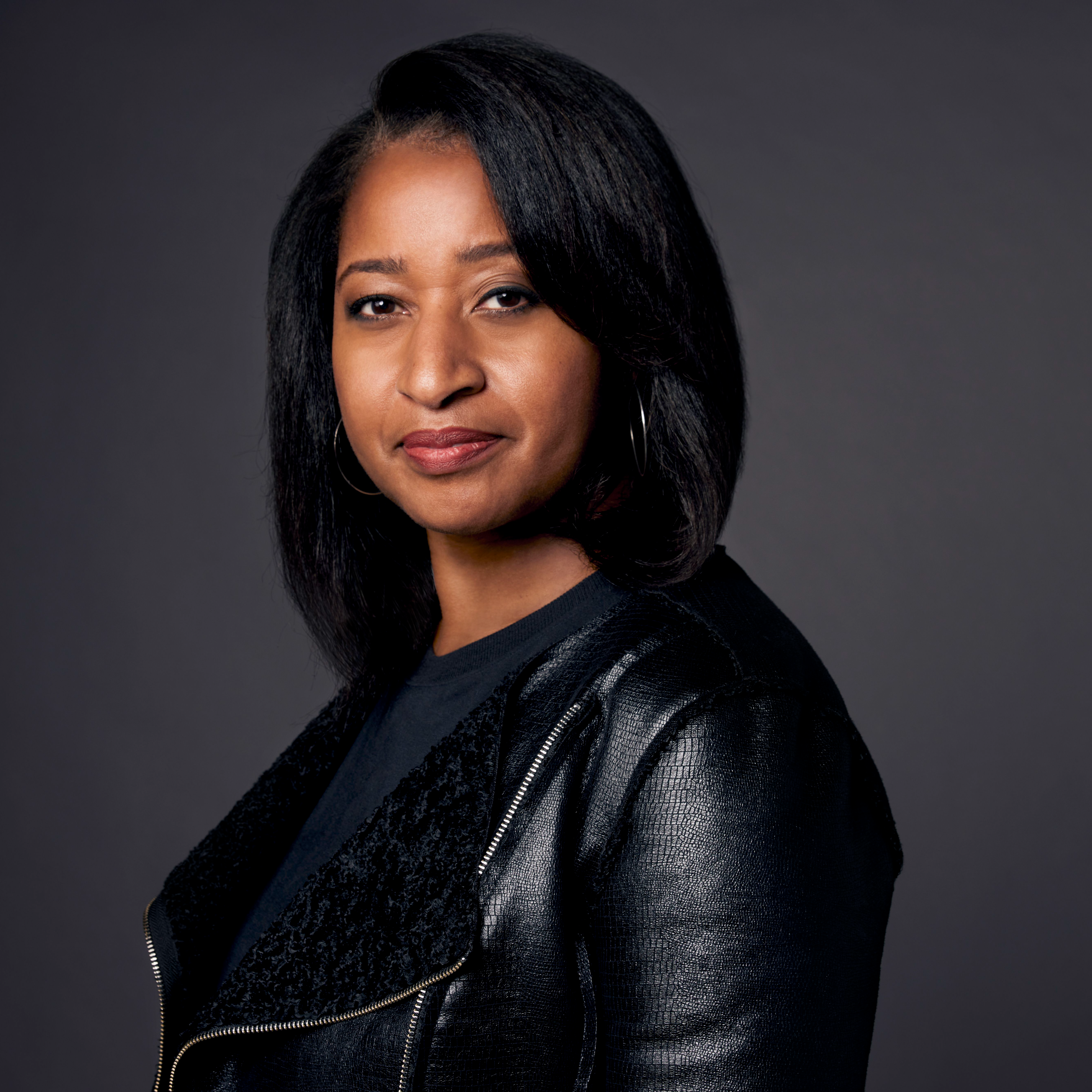For WNBA, the next level of play deserves the next level of pay
The first time I wrote a story about the Atlanta Dream, in 2010, it was a few years after the team joined the Women’s National Basketball Association, which, as a league, had just passed its 10th anniversary.
The story wasn’t about sports. It was about fashion — specifically, how one Dream player, Yelena Leuchanka of Belarus, was busy planning her next career.
Leuchanka, a 6-foot-5 center, landed at the Dream after her previous team, the Charlotte Sting, folded. She had also played with the Washington Mystics. Now she was on her third team in the WNBA in as many years and was pondering a future as a model.
Leuchanka would have no trouble modeling but what struck me wasn’t her beauty; it was her clear-eyed understanding of how hard she had to work to keep playing professional basketball.
This was my first exposure to the challenges that WNBA players face in playing a sport they love.

In this country, when you think of professional athletes, you generally assume they are well paid. When I interviewed Leuchanka 15 years ago, my salary as an early-career journalist was higher than some of the women playing for the Atlanta Dream. At the time, the minimum salary for a rookie player was $35,000.
Support for professional women’s basketball has boomed in the past year, and players believe their salaries are stuck in an outdated pay structure. And so, we are stuck having the same conversations we’ve had in so many other industries about pay equity.
This time, however, the conversation should be different for WNBA players. For the first time in league history, they should have leverage.
The players’ union submitted a proposal for a new collective bargaining agreement in February. But player reactions to an in-person meeting with league officials, which took place two days before the WNBA All-Star Game in June, might indicate their leverage isn’t what it should be.
In their usual show of solidarity, players warming up during the All-Star Game wore T-shirts that read “Pay us what you owe us.” It was a strategic move, no doubt, designed to draw fans into their plight.

Though the pay gap between NBA and WNBA players exists for many reasons, the most pressing points are the differences in audience viewership and revenue sharing. Not having a sizable cut of revenue has kept WNBA salaries much lower than NBA salaries. But people who oppose a pay structure change suggest the WNBA doesn’t have a large enough viewership to be paid the same percentage of revenue as men.
Team owners also play on public emotions, using headlines about million-dollar losses as a way to hold the line when the working relationship with players is strained.
The WNBA teams and league are privately held entities that don’t have to reveal their accounting methods, so it’s unclear how the companies measure the $40 to $50 million losses that have been reported.
While it is likely true that the WNBA has not been profitable, it is also true that the NBA wasn’t continuously profitable for the first 40 years of its existence.
It is also true that any business, regardless of the industry, requires an investment that can take time to show returns.
The growing popularity of women’s sports is undeniable. The Professional Women’s Hockey League was founded in 2023. Next year, the women’s pro-baseball league is set to debut. In metro Atlanta, there are two professional women’s volleyball teams. These leagues don’t have a massive fan base, but they have a big enough fan base.
This year also marked the debut of Unrivaled, a 3-on-3 league created by WNBA stars Napheesa Collier and Breanna Stewart that allows WNBA players to play competitive basketball domestically during the offseason. Player-friendly wages eliminate the need for them to travel overseas, as many WNBA players have to improve their earnings.
Ticket sales for WNBA games are up 26%. Merchandise sales are up 40%. And overall ratings are up 23% this year, according to data highlighted by Commissioner Cathy Engelbert in the annual midseason address.
In yet another indication that the WNBA is a worthy investment on the verge of a boom, the league captured a $2.2 billion, 11-year media rights deal that starts in 2026.
There are also local efforts to create an environment that supports this increased interest in women’s sports. Earlier this year, Jolene Jolene, the first sports bar dedicated to screening women’s sports events, opened at Brick + Mortar in Pullman Yards.

Most of us know the name of at least one WNBA player, and the rivalry (real or manufactured) between two of the most popular players, Angel Reese, a forward for the Chicago Sky, and Caitlin Clark, a guard for the Indiana Fever, is a gift to any savvy marketing professional. In the next five years, the WNBA is expanding to include five more teams.
This is what we have been reaching for over the past 50 years since Title IX raised the number of female college athletes from 2% of sports-playing college students to 43%, according to data from the Feminist Majority Foundation.
Don’t we want the professional sports industry to become one in which women have the same career opportunities as men, rather than one in which they have to work side gigs to make comparable wages?
Now that we have arrived at the inevitable moment when women are demanding more for having taken their game to the next level of play, we need to reward their persistence and sacrifice with the next level of pay.
Read more on the Real Life blog (www.ajc.com/opinion/real-life-blog/) and find Nedra on Facebook (www.facebook.com/AJCRealLifeColumn) and X (@nrhoneajc) or email her at nedra.rhone@ajc.com.



